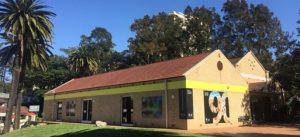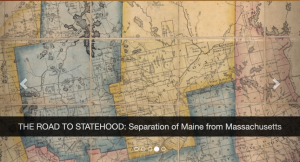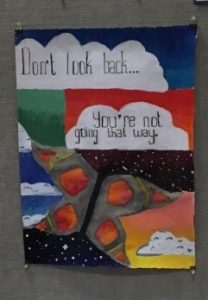by Martha Ball
As you watch the “Collection Connection” video for the Ralston Crawford Collection of Jazz Photography archival photos flash while you hear the opening notes of “Main Stem” by U.S. Army Blues. Curator Melissa Weber shares that through …



 The exhibit is hard to miss. As you cross the threshold into T
The exhibit is hard to miss. As you cross the threshold into T